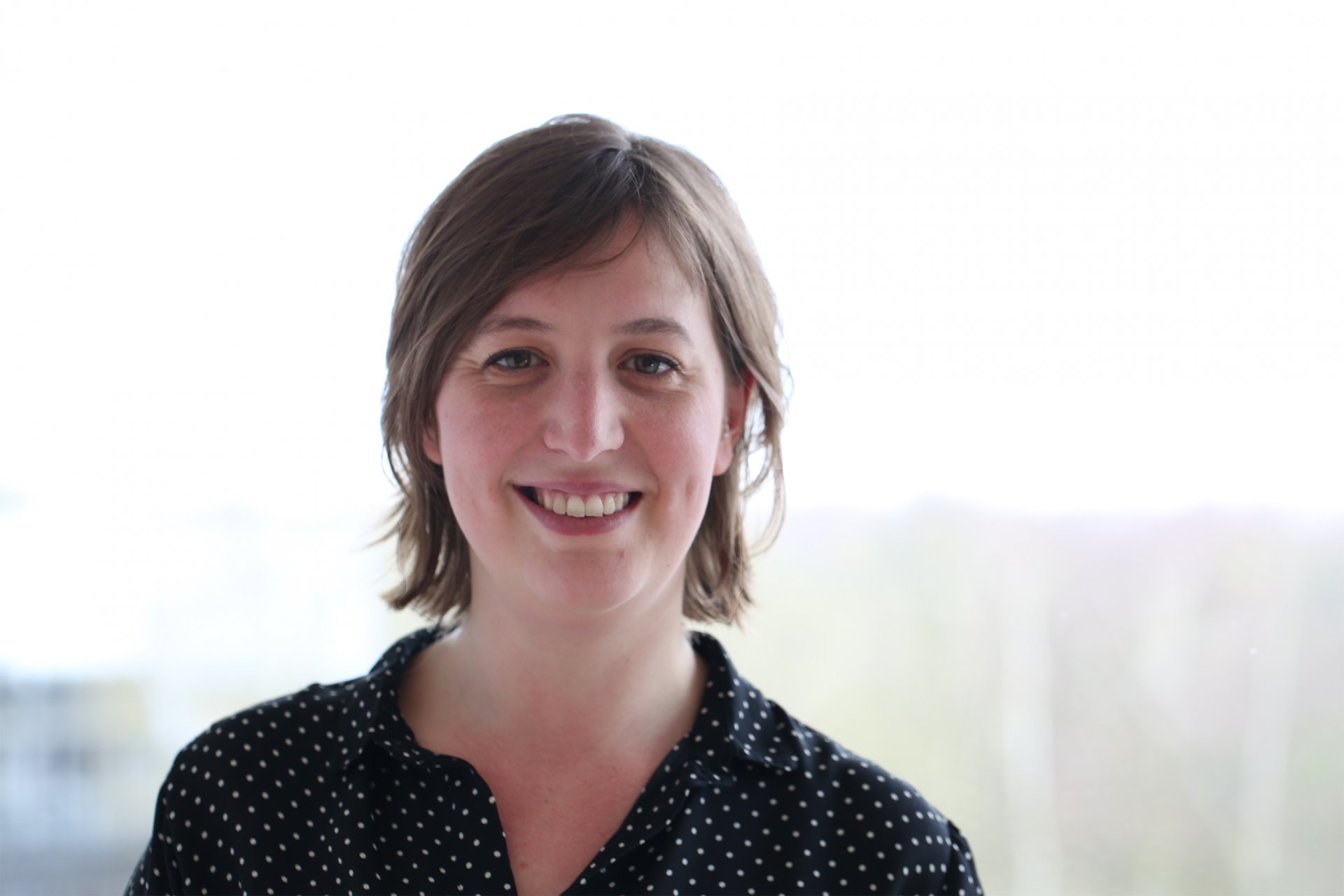- Press Office
- Double sure: Simultaneous respiration of oxygen and nitrogen in sands
Double sure: Simultaneous respiration of oxygen and nitrogen in sands facilitates the removal of anthropogenic nitrogen
Go to the seaside and often what you will find is sand that stretches all the way to the edges of the continental shelves. Currents flush water through this sand and provide microbes with plenty of oxygen, nitrate and organic matter - in essence, lots to breath and lots to eat. That makes sands highly efficient and extremely important environmental filter systems: Microbes in the sand remove nitrate entering coastal seas due to human activity, reducing it to harmless nitrogen gas. Without such removal, eutrophication of the sea can lead to a host of problems including harmful algal blooms.
A challenging place to live
However, sandy sediments are also highly dynamic environments. In the Wadden Sea, for example, when the tide goes out, enormous areas of sand are left uncovered and all of the oxygen is quickly consumed. When the tide is in, currents redistribute the sand, exposing resident microbes to different conditions. To the microbes this is quite a challenge, they must be very flexible to survive.
Hannah Marchant and colleagues from the Max Planck Institute for Marine Microbiology in Bremen, Germany, have dug deeper into exactly how the microbes within sands deal with this challenge. Their surprising results have now been published in The ISME Journal.
Breathing oxygen and nitrogen at the same
At Janssand, a sand flat in the east Frisian Wadden Sea, Germany, the researchers analyzed microbial community structure and activity. Additionally, they measured denitrification (the transformation of nitrate to nitrogen gas) rates under dynamic conditions in the lab. “We found that the microbial community within the sediment can respire both oxygen and nitrate simultaneously”, says Marchant. “This is surprising, as normally it is assumed that microbes only switch to nitrate respiration after oxygen has been depleted. Until now, such combined respiration has rarely been observed in detail in the environment.”
Frequent oxygen changes even stimulated the microbes. “It turns out that when conditions change rapidly (switching back and forth from lots of oxygen to no oxygen), the microbes respire even more nitrate while oxygen is present”, Marchant continues. This is possible because the microbial community has the necessary hardware constantly ready for action. “They don’t wait until oxygen runs short to build the cellular machinery required for denitrification, rather it’s good to go any time.”
Removing anthropogenic nitrogen
Being able to respire nitrate while oxygen is present gives the microbes more time and space to remove nitrate in sands. As such microbial adaptations are probably common in sandy sediments, and as sandy sediments cover 50 to 70 percent of the continental shelves, it is an important mechanism to remove anthropogenic nitrogen from our coastal seas. This might be one reason why increases in nitrogen concentrations have so far not occurred in the open seas, even though human activities continuously release large amounts of nitrogen into the oceans. So next time you look out over a sand flat at low tide, try and imagine the exciting things occurring beneath your feet.
Original publication
Hannah K Marchant, Soeren Ahmerkamp, Gaute Lavik, Halina E Tegetmeyer, Jon Graf, Judith M Klatt, Moritz Holtappels, Eva Walpersdorf und Marcel MM Kuypers (2017): Denitrifying community in coastal sediments performs aerobic and anaerobic respiration simultaneously. The ISME Journal
Please direct your queries to
Scientist
MPI for Marine Microbiology
Celsiusstr. 1
D-28359 Bremen
Germany
|
Room: |
3135 |
|
Phone: |

Head of Press & Communications
MPI for Marine Microbiology
Celsiusstr. 1
D-28359 Bremen
Germany
|
Room: |
1345 |
|
Phone: |


